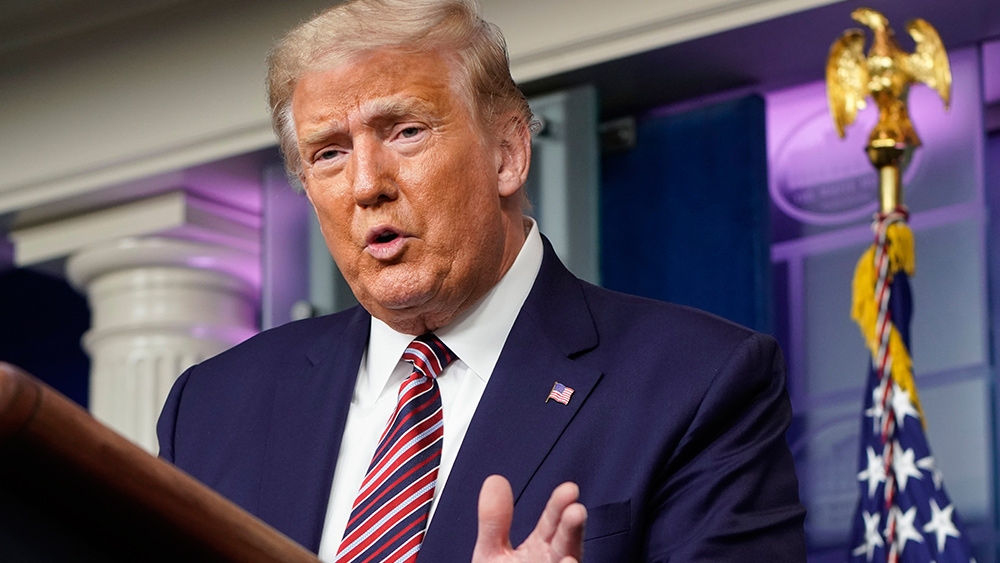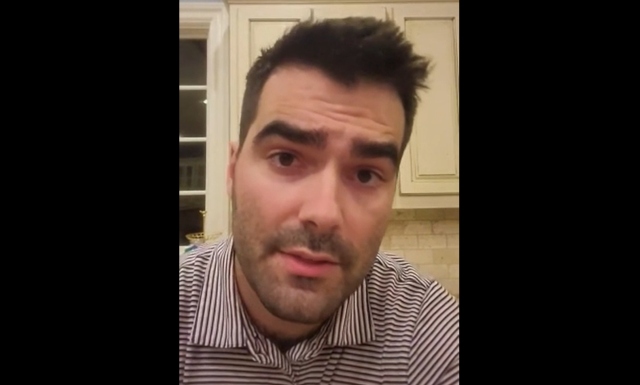Fake news, mass hysteria and induced insanity
01/07/2017 / By News Editors

The “fake news” is that we’ve never been healthier, healthcare costs are under control and our economy has fully “recovered.”
(Article by Charles Hugh Smith, republished from charleshughsmith.blogspot.mx)
We’ve heard a lot about “fake news” from those whose master narratives are threatened by alternative sources and analyses. We’ve heard less about the master narratives being threatened: the fomenting of mass hysteria, which turns the populace into an easily manipulated and managed herd, and induced insanity, a longer-term marketing-based narrative that causes the populace to ignore the self-destructive consequences of accepting the fad/ ideology/ mindset being pushed as “good” and “normal.”
In terms of “fake news,” it’s hard to beat the mainstream media and its handlers’ attempts to whip up mass hysteria via unsubstantiated claims that Russian hackers working for Putin deprived Hillary of the presidency. The campaign to spark mass hysteria was launched with great precision, unleashing the overwhelming forces of endless repetition (the marketer’s favorite tool) and appeals to national security authorities: The C.I.A., F.B.I, and all the other security agencies purportedly concur that Russia “hacked” (whatever that means) the U.S. election.
The intent of the campaign was painfully obvious: by wheeling out the big guns of authority without any actual evidence, the campaign’s designers hoped the public would automatically assume the bizarre, outlandish claim must be “true,” even though no evidence was submitted to substantiate this fact-free claim, and respond as planned, i.e. willingly join a mass hysteria herd in favor of discrediting the U.S. election results.
Did the “hackers” change the election results issued by voting machines? Did they “hack” the election totals? Wouldn’t there be tell-tale forensic evidence of such tampering? How else could “hackers” change the election other than by changing votes and vote totals?
Or was the media campaign to generate mass hysteria based on nothing but purposefully vague and unsubstantiated claims of Russia-inspired “fake news” that undermined the election by questioning the mainstream media’s biased coverage of the presidential campaign?
“Fake news” is of course the staple of marketing products that end up killing the unwary consumers who buy the hype. The classic example is the cigarette/ tobacco industry, which ran adverts for decades proclaiming absurdities such as the health benefits of smoking (other than dying a horrible, needless death), the “fact” that doctors preferred one brand of cigarette over the other brands, and so on.
The industry famously went to truly monumental lengths to hide the facts about the destructive consequences of smoking from the public, and aggressively attacked any evidence that smoking was remarkably unhealthy as “unscientific,” i.e. beating back the truth with The Big Lie.
That a form of consumption that killed the consumers was unquestionably accepted not just as “normal” but as cool/hip for decades illustrates the staying power of induced insanity. Mass hysteria eventually wears off, as it overloads the emotional circuitry of the target audience; humans soon become desensitized to the triggers used to generate mass hysteria, and it takes heavier and heavier doses of propaganda to maintain the feverishly herd-inducing hysteria.
Eventually, the populace habituates to the stimulus and becomes exhausted by the hysteria.
Induced Insanity, on the other hand, is not an emotional state–it is a state of mind and a state of perception that filters and interprets inputs to produce the desired output— an acceptance of insanity as “normal” and “good.”
Read more at: charleshughsmith.blogspot.mx
Submit a correction >>
Tagged Under:
fake news, health, healthcare, insanity, mass hysteria
This article may contain statements that reflect the opinion of the author
RECENT NEWS & ARTICLES
COPYRIGHT © 2017 HOAX NEWS




















